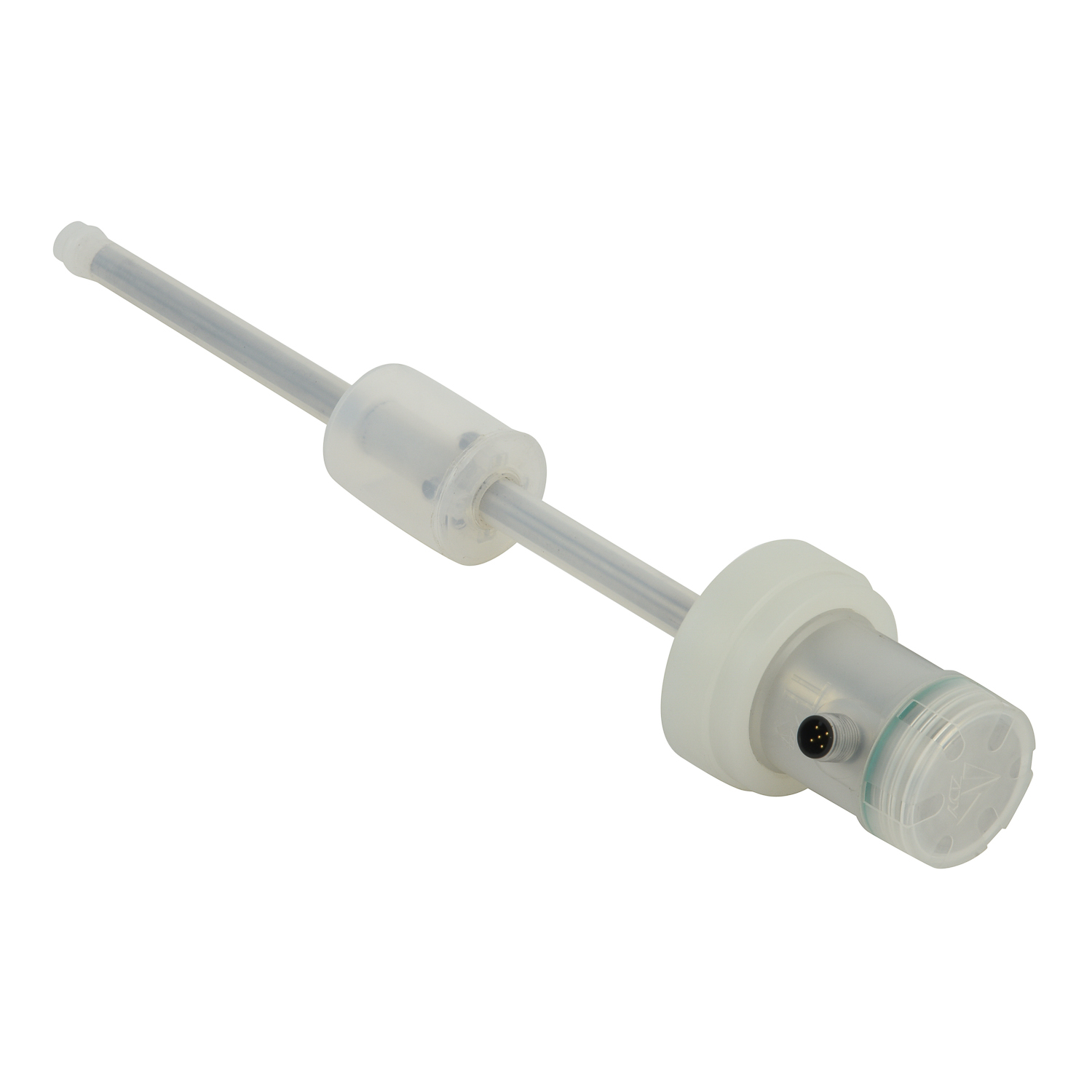How to avoid electromagnetic interference with magnetostrictive sensors?
Understanding electromagnetic interference (EMI) is crucial for maintaining the accuracy and reliability of magnetostrictive sensors in industrial environments. These precision devices measure linear position using magnetic fields, making them susceptible to external electromagnetic disturbances that can compromise measurement integrity. EMI occurs when electromagnetic radiation from nearby equipment disrupts the sensor's electrical signals, leading to erroneous readings or complete signal loss. Recognizing the sources and effects of EMI forms the foundation for developing effective protection strategies.
Proper shielding techniques serve as the first line of defense against electromagnetic disturbances. Employing braided copper shields around signal cables effectively blocks external interference while containing the sensor's own electromagnetic emissions. For optimal performance, use double-shielded cables with both aluminum foil and copper braiding layers, ensuring all shielding elements are properly grounded at a single point to prevent ground loops. Metallic enclosures for both sensors and electronics provide additional protection, with special attention to cable entry points where EMI can penetrate.
Strategic installation practices significantly reduce EMI vulnerability. Position magnetostrictive sensors away from high-emission sources such as variable frequency drives, motors, and power transmission lines. Maintain minimum separation distances of at least 30 centimeters from AC power cables and 60 centimeters from high-current conductors. When crossing power lines is unavoidable, ensure cables intersect at 90-degree angles to minimize inductive coupling. Route sensor cables separately from power lines using dedicated conduits or cable trays to prevent electromagnetic coupling.
Implementing appropriate filtering and grounding solutions enhances EMI immunity significantly. Install ferrite beads on both ends of signal cables to suppress high-frequency noise, selecting beads with impedance characteristics matching your specific interference frequency spectrum. Use differential signal transmission where possible, as it inherently rejects common-mode noise. Establish a single-point grounding system for all sensor components to avoid ground potential differences that can introduce noise. Power line filters on the sensor's supply voltage further clean electrical noise from the power source.
Regular maintenance and monitoring complete your EMI protection strategy. Periodically inspect cable shields for damage and verify grounding connection integrity. Use spectrum analyzers to identify changing EMI patterns in your facility and adjust protection measures accordingly. Implement predictive maintenance schedules that include checking sensor performance under different operating conditions. Document any interference incidents and corresponding solutions to build a knowledge base for continuous improvement of your EMI mitigation practices.

 UpgradingYourLevelMeasurementS
UpgradingYourLevelMeasurementS
 Why are magnetostrictive level
Why are magnetostrictive level
 ComparingMagnetostrictiveandRa
ComparingMagnetostrictiveandRa
 MagnetostrictiveLevelSensorfor
MagnetostrictiveLevelSensorfor
